Adult Bsic Life Support ppt
OBJECTIVES
–How to assess the collapsed victim
–How to perform chest compression and rescue breathing
–How to place an unconscious breathing victim in the recovery position.
BACKGROUND
•Approximately 700,000 cardiac arrests per year in Europe
•Survival to hospital discharge presently approximately 5-10%
•Bystander CPR vital intervention before arrival of emergency services – double or triplesurvival from SCA (sudden cardiac arrest)
•Early resuscitation and prompt defibrillation (within 1-2 minutes) can result in >60%survival
BASIC LIFE SUPPORT(BLS)
- Airway
- Breathing
- Circulation
CHAIN OF SURVIVAL
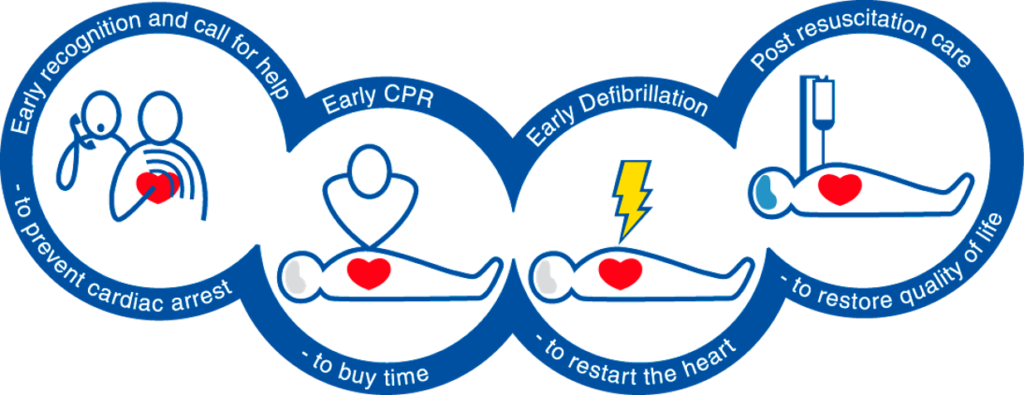
BASIC LIFE SUPPORT
SEQUENCES OF PROCEDURES PERFORMED TO RESTORE THE CIRCULATION OF OXYGENATED BLOOD AFTER A SUDDEN PULMONARY AND/OR CARDIAC ARREST
CHEST COMPRESSIONS AND PULMONARY VENTILATION PERFORMED BY ANYONE WHO KNOWS HOW TO DO IT, ANYWHERE, IMMEDIATELY, WITHOUT ANY OTHER EQUIPMENT

1. Approach safely
2. Check response
3. Shout for help
4. Open airway
5. Check breathing
6. Call 999(rescue)
7. 30 chest compressions
8. 2 rescue breaths

APPROACH SAFELY!!!!
Scene
Rescuer
Victim
Bystanders
CHECK RESPONSE

Shake shoulders gently Ask “Are you all right?” If he responds
• Leave as you find him.
• Find out what is wrong.
• Reassess regularly.
SHOUT FOR HELP

OPEN AIRWAY

AIRWAY OPENING BY
NECK EXTENSION
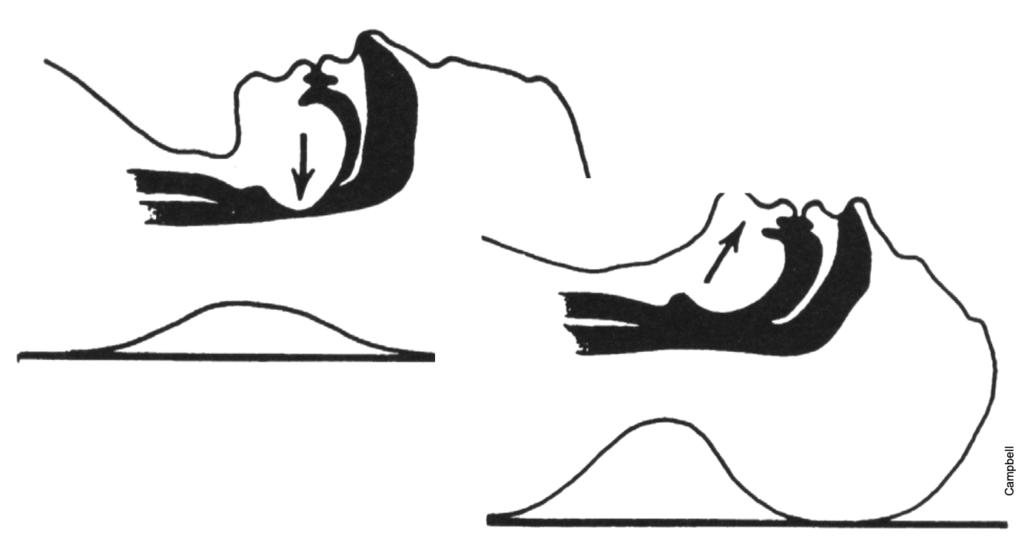
HOW TO OPEN AIRWAY
- Head tilt and chin lift.

– lay rescuers
– non-healthcare rescuers
No need for finger sweep unless solid material can be seen in the airway
2. jaw thrust
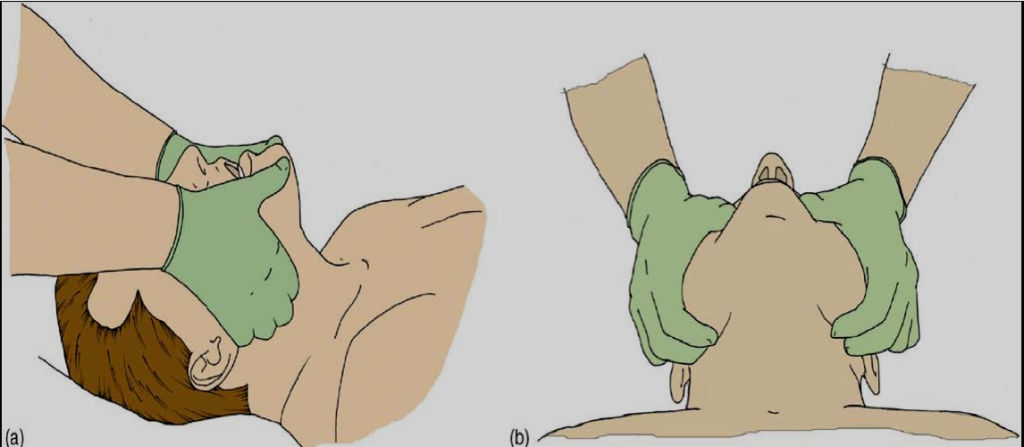
– healthcare professionals
CHECK BREATHING

•Look, listen and feel for NORMAL breathing
•Do not confuse agonal breathing with NORMAL breathing
AGONAL BREATHING is Occurs shortly after the heart stops in up to 40% of cardiac arrests
•Described as barely, heavy, noisy or gasping breathing
Recognise as a sign of cardiac arrest
Erroneous information can result in withholding CPR from cardiac arrest victim
POTENTIALLY REVERSIBLE CAUSES
(5 H’s & 5 T’s)
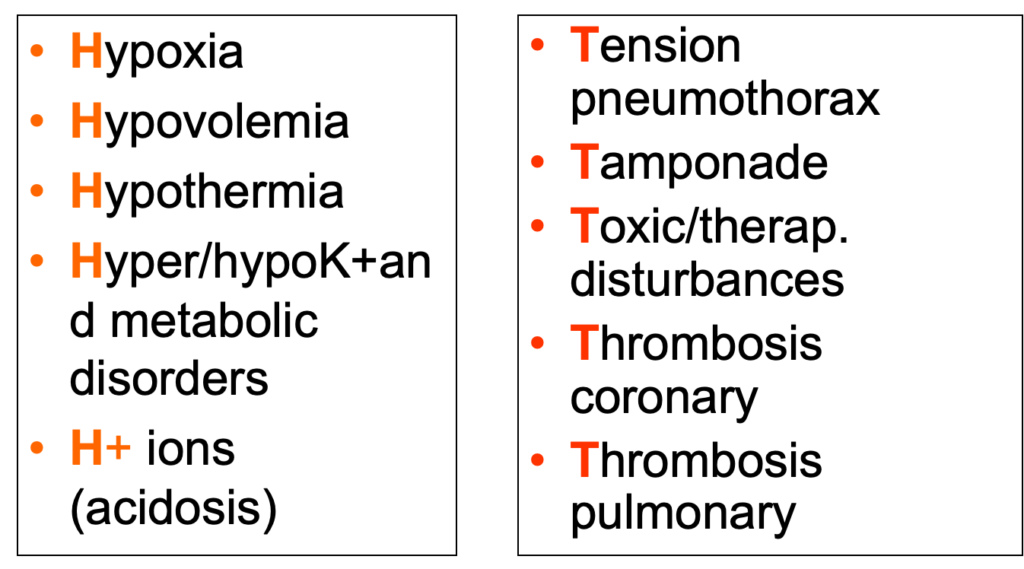
CALL 911

FOREIGN-BODY AIRWAY OBSTRUCTION (FBAO)
| SIGNS | MILD obstruction | SEVERE obstruction |
| “Are you choking?” | “YES” | Unable to speak, may nod |
| Other signs | Can speak, cough, breathe | Can not breathe/wheezy breathing/silent attempts to cough/ unconsciousness |
ADULT FBAO TREATMENT

BACK BLOWS

ABDOMINAL THRUSTS

30 CHEST COMPRESSIONS

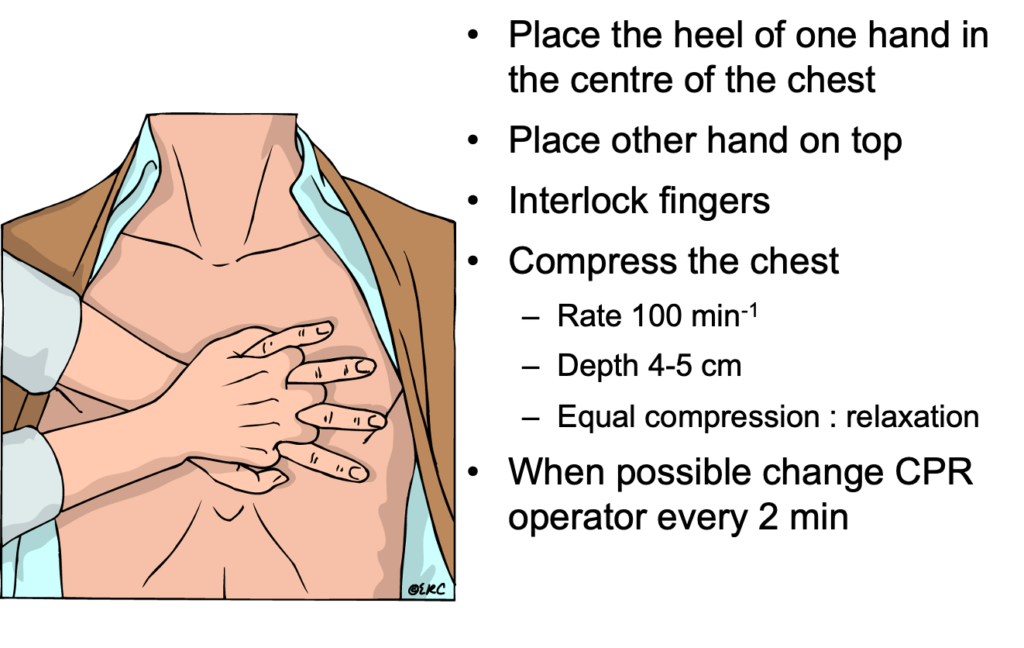
RESCUE BREATHS
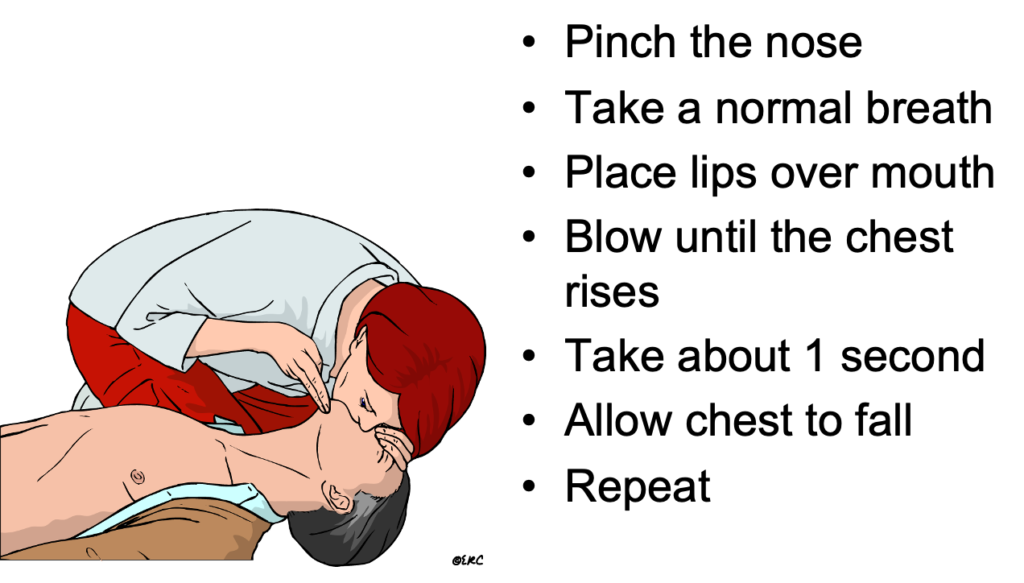
Breathing: Mouth To Nose (when to use)
–Can’t open mouth
–Can’t make a good seal
– Severely injured mouth Stomach distension
– Mouth to stoma (tracheotomy)
RESCUE BREATHS

CONTINUE CPR

DEFIBRILLATION
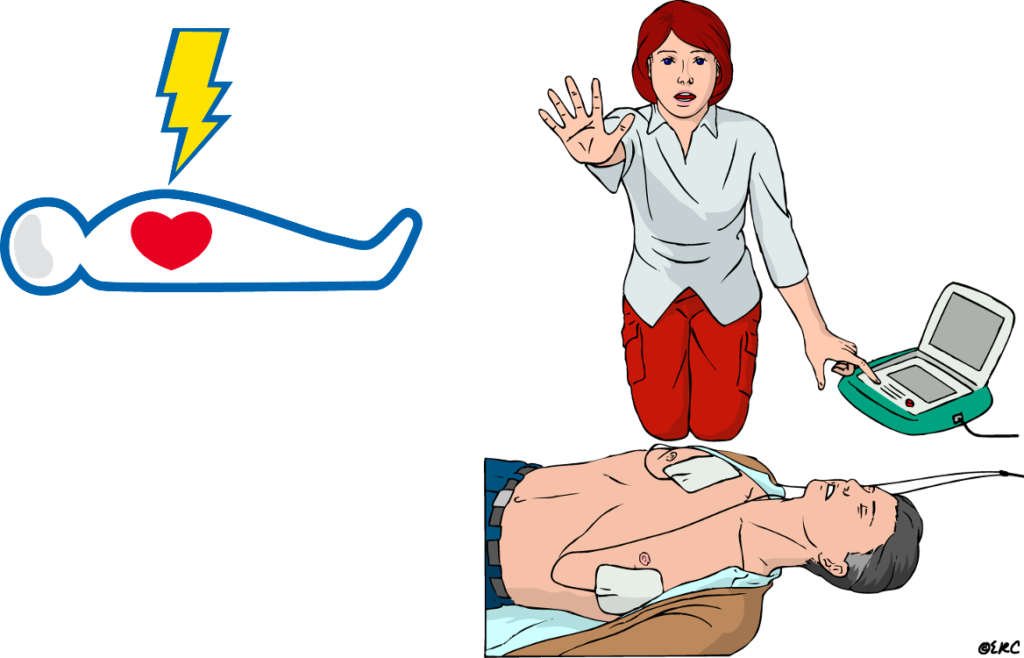

AUTOMATED EXTERNAL DEFIBRILLATOR (AED)

ATTACH PADS TO CASUALTY’S BARE CHEST
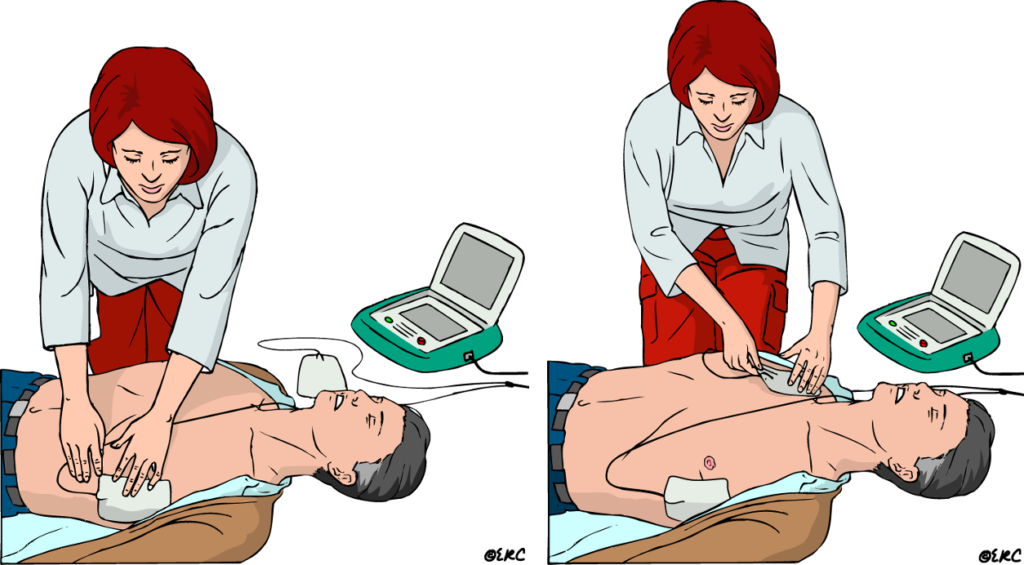
ANALYSING RHYTHM DO NOT TOUCH VICTIM

SHOCK INDICATED
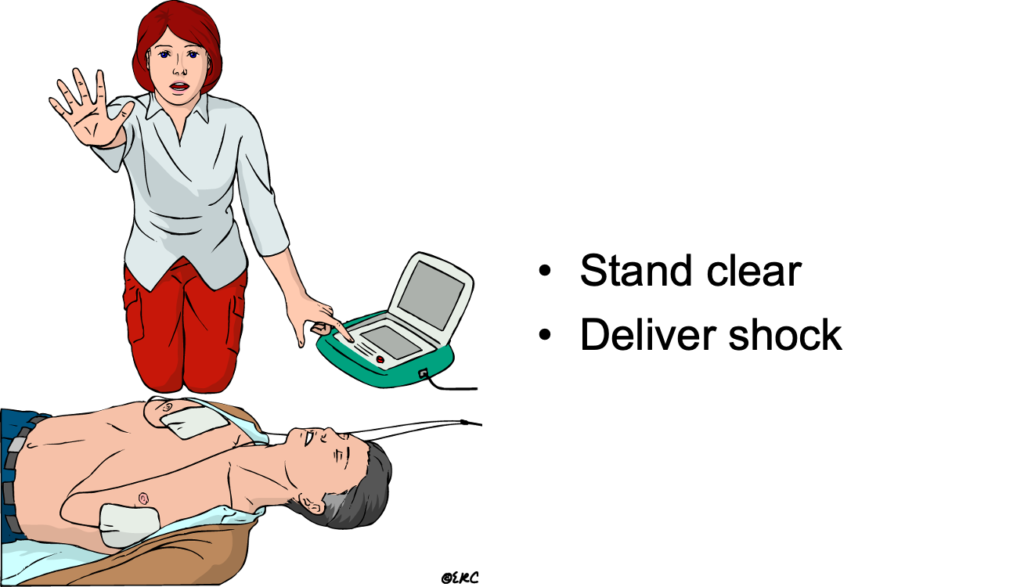
SHOCK DELIVERED FOLLOW AED INSTRUCTIONS
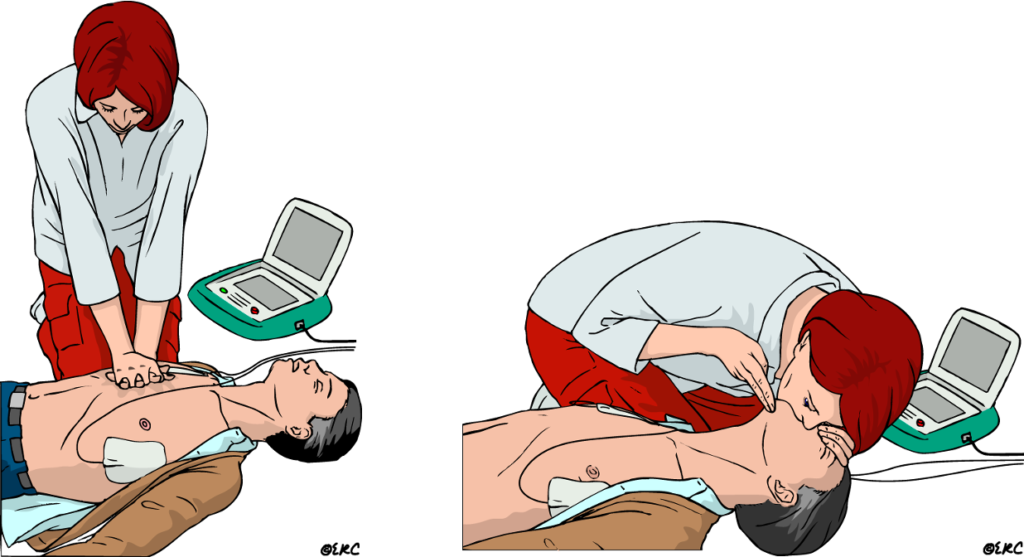
NO SHOCK ADVISED
FOLLOW AED INSTRUCTIONS
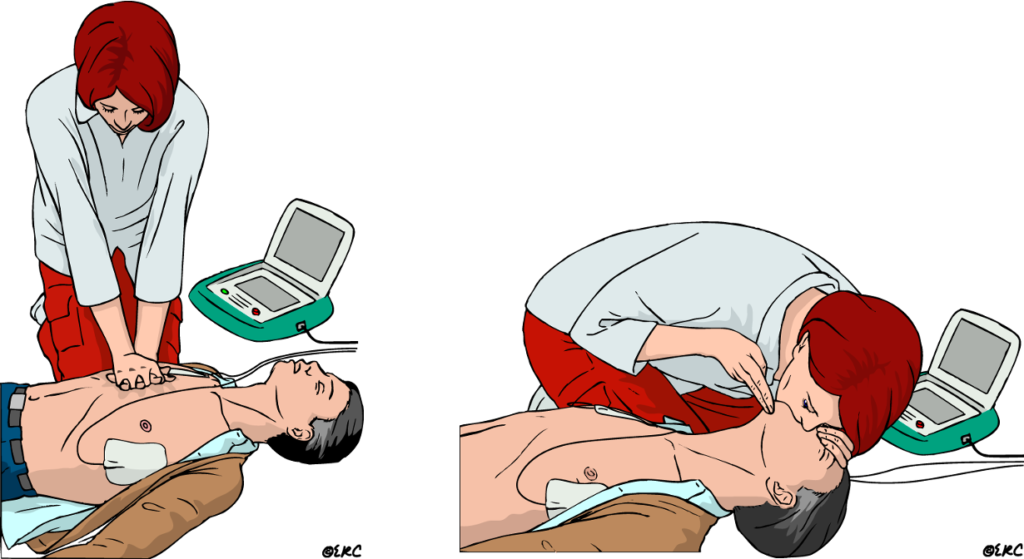
IF VICTIM STARTS TO BREATHE NORMALLY PLACE IN RECOVERY POSITION


CONTINUE RESUSCITATION UNTIL
– Qualified help arrives and takes over
– The victim starts breathing normally
– Rescuer becomes exhausted
When Can I Stop CPR?
•Victim revives
•Trained help arrives
•Too exhausted to continue
•Unsafe scene
•Physician directed (do not resuscitate orders)
•Cardiac arrest of longer than 30 minutes –(controversial)
Why CPR May Fail
•Delay in starting
•Improper procedures (ex. Forget to pinch nose)
•No ACLS follow-up and delay in defibrillation
–Only 15% who receive CPR live to go home
–Improper techniques
•Terminal disease or unmanageable disease (massive heart attack)
Injuries Related to CPR
•Rib fractures
•Laceration related to the tip of the sternum Liver, lung, spleen
Complications of CPR
•Vomiting
•Aspiration
•Place victim on left side
•Wipe vomit from mouth with fingers wrapped in a cloth
•Reposition and resume CPR
Reference
For power point presentation please click the link below
Proudly powered by WordPress

Leave a Comment